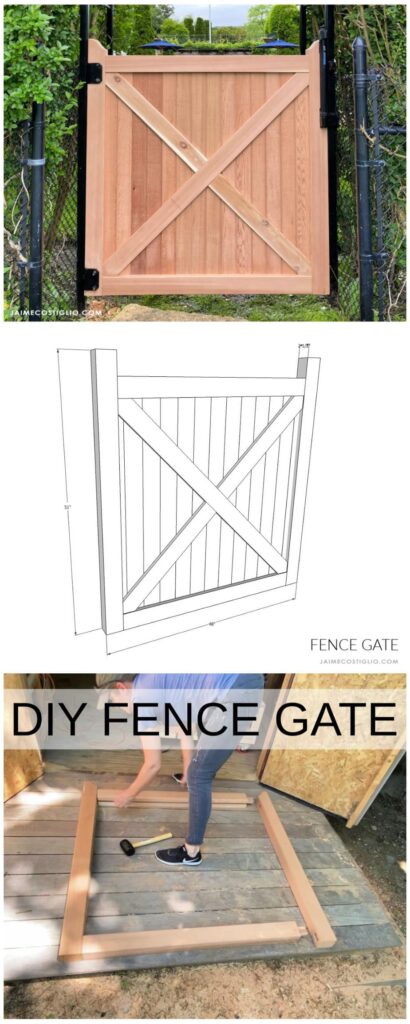If you’re looking for an inexpensive and sturdy way to enclose your property, a DIY fence gate can be the answer. Here are some tips to get you started. Start with a set of gate panels made of 1×6 boards that have been cut with a 45-degree angle on one end. Once these are in place, scribing and cutting the rest of the boards will fill in the remaining spaces. Make sure to space the panels about 1/4 in apart, and overlap each end in the opposite direction.
Install a lock on the fence gate
Installing a lock on a DIY fence gate is simple and quick, and provides added security to your home. It will keep your children and pets safely confined inside and will prevent unauthorized entry. Gate locks can be found in many different types and can be chosen depending on your needs. The most common are sliding gate locks and padlocks. Before installing a lock, you should gather all of your materials. You should also charge your drill and have a small drill bit in order to drill the holes.
Next, place the u-shaped latch in the desired location on the gate. Make sure that one side of the latch fits into the post, while the other side fits in the gate door. Make sure to align the ends evenly and wear safety glasses.
Secure pickets to rails
You can secure pickets to rails for a DIY fence gate using exterior wood screws. The rails should be parallel with each other and at least one inch from one another. Once the rails are matched, attach fence pickets with 1-5/8” screws. You can also use shims to raise or lower the gate. Once all of the rails are attached, you can secure the gate to the rails using lag screws.
Before installing the pickets, make sure they are plumb. If they aren’t, place a spacer block between them. You can also use a scrap piece of wood to make sure they are all evenly spaced. After setting the first picket, you can begin installing the center pickets. Space the pickets evenly across the rails by inserting small pieces of scrap wood between each one. Make sure that the last picket has a smaller gap than the rest, but not a wider gap.
Staining pickets before cutting
If you are looking for a simpler way to create your own DIY fence gate, consider staining the pickets before cutting them. It will give the wood a cleaner look and better coverage, plus it will save you a lot of time. After all, it’ll only take about an hour to stain one panel instead of hours!
To stain the wood, prepare it by applying a medium stain with a roller cover. Stain vertical fence slats first, then horizontal fence slats. Apply the stain using a brush or roller. Then, let it dry. After the stain has dried, apply another coat.
Position rails before attaching planks to fence
If you’re planning to build a wood fence around your yard, you should position rails before attaching planks to the fence. First, measure the distance between posts and cut the rails accordingly. If your fence will be shorter, cut rails every three feet; if it’s taller, cut the rails every four feet. Then, use a level to line up the rails with the posts and nail them into place.
Next, position the rails at the centre of the posts. You can also place a third rail in the middle of the fence, in between the upper and lower rails. Generally, fence posts are set eight feet apart. If the fence is not very tall, you can install two rails. However, if the fence is taller than four feet, install a third rail at the middle.
Problems with sagging fence gate
A sagging fence gate can be a difficult problem to deal with. Sometimes, it is the result of faulty hardware. In some cases, the gate simply sags because of rotted wood. If this is the case, you need to remove the rotten wood without causing any damage to the other parts of the gate. You may have to remove the gate from its position by unscrewing loose screws.
Luckily, there are many DIY solutions for a sagging fence gate. You can replace the gate’s post or add additional supports. You can also purchase kits to tighten the gate’s hinges. These kits contain metal joints in the corners of the gate, as well as cables that keep the gate tight. You can also replace the hinges, although you should be very careful to use deep screws that don’t cause damage to the wood.
Did you miss our previous article…
https://yardworship.com/covering-chain-link-fences/

